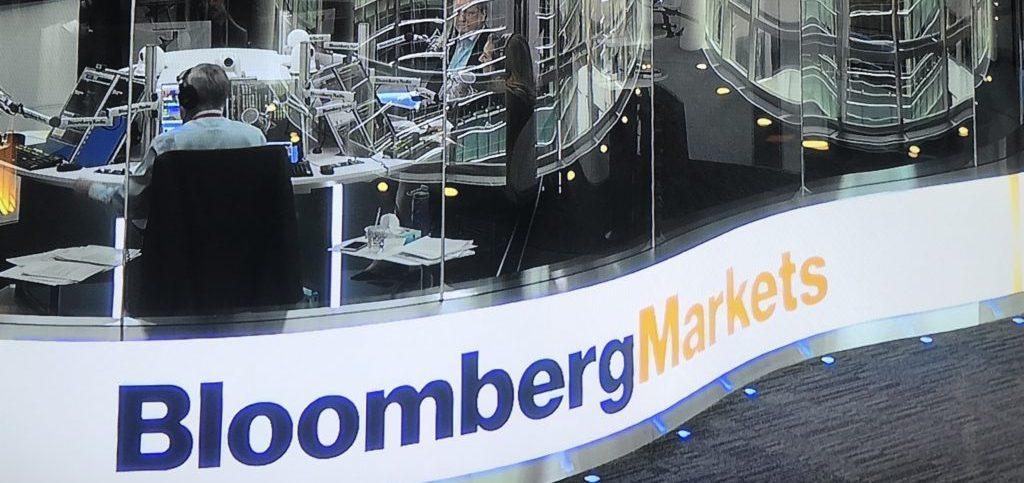Current Thoughts On The Market with S&P500 Down -16% Versus Wed 2/19 High
dan2020-04-30T01:30:51-04:00Apart from the fact that 26mm Americans are filing for unemployment benefits, things are not that bad from a market perspective. Thanks to the massive and relatively rapid monetary and fiscal policy response, COVID has not taken the S&P 500 down as much as the 2008 Financial Crisis did. At this point in the 2008 experience (start the sequence with 9/29/08, the first -5% move for the S&P), the index was down -17.6%. Now, (start with 3/9/20, the first -5% “crash” day), the S&P 500 is actually up +3.3%. So, based on the valuation for U.S. large cap stocks, this indicates a market view that the worst outcomes are off the table.









Stay In Touch